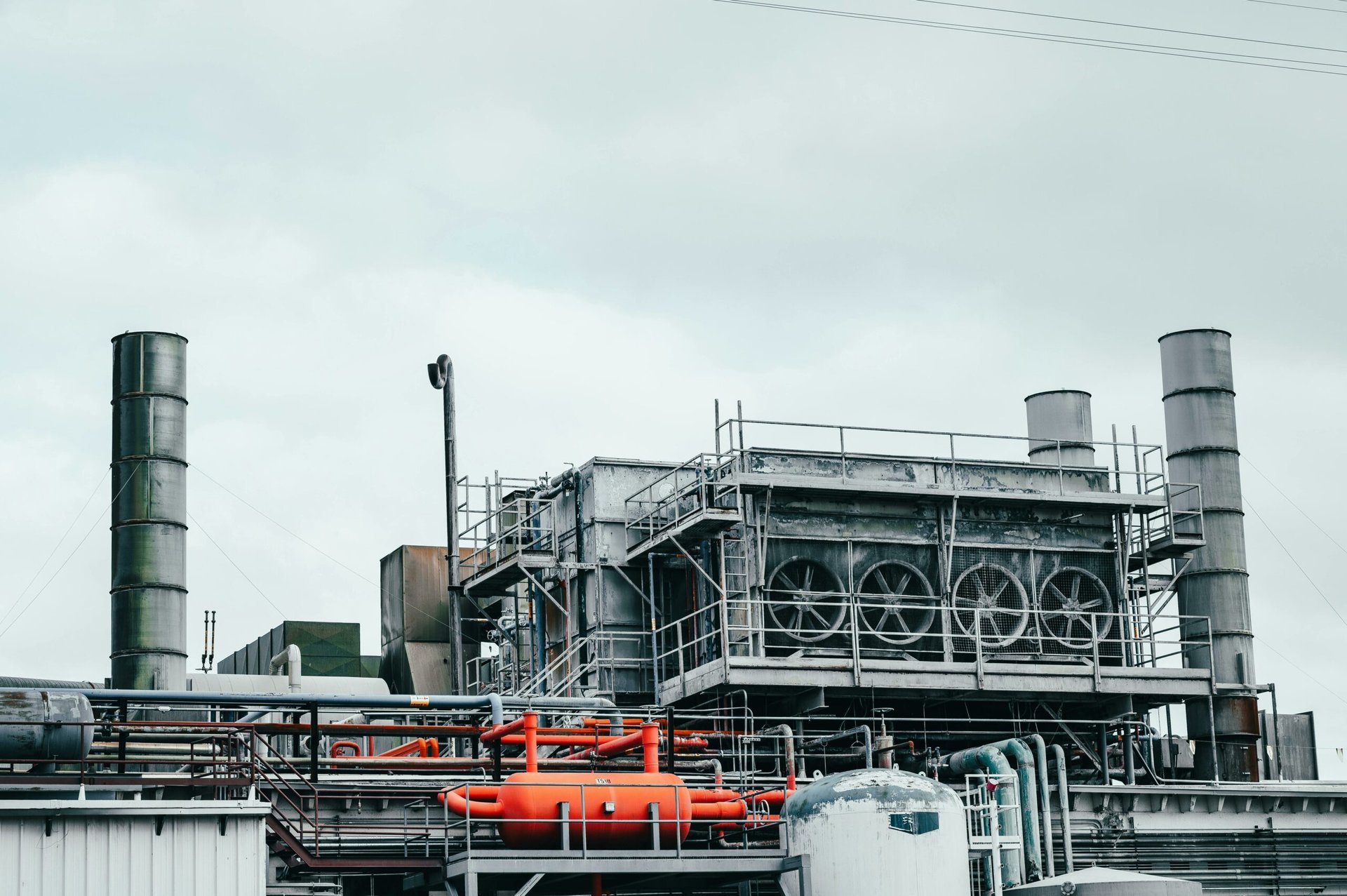Our services
Recruitment services for civil engineers in the aerospace and defense sectors

Civil engineers are vital experts in planning, constructing, maintaining, and operating the infrastructures that support society. From buildings and highways to airports and bridges, civil engineering has transformed our lives as one of the oldest engineering disciplines.
Civil engineers often deal with specific design problems in construction, transportation, hydraulics, and environmental engineering. They craft and implement solutions that enhance community safety, efficiency, and quality of life.
Cad Crowd AI’s network of experts and AI guarantee quick turnaround times and a bespoke aerospace engineer that you can have confidence in onboarding and establishing as a trusted professional.
Talk to us and hire your talent today!
Roles & Specialties
Civil engineers are responsible for each construction’s complete construction, functionality and safety. They use the principles of civil engineering, mathematics, and other key skills as they work with teams of professionals to build and manage infrastructure and construction projects of any scale.
Implementation and construction
After a finalized design, civil engineers will look to oversee the construction and implementation. They will work with contractors and builders to ensure the construction is according to plan and specifications.
Civil engineers must ensure that each project runs within the allocated budget while managing other resources (including acquiring raw materials, leasing machinery, and costing). They also account for the manpower required and set appropriate deadlines for the project.
Maintenance and upgrades
Civil engineers are vital for the entire life cycle of any infrastructure. They make sure to maintain their facilities and amenities and ensure ongoing operations.
Each structure requires ongoing maintenance and upgrades. Civil engineers play the crucial roles of maintaining and upgrading infrastructure to ensure that structures remain safe and functional. They must continue to inspect and address any potential issues that may grow to be significant.
Conceptualization and design
Civil engineers assess and do complete feasibility studies of construction sites. They use this moment to analyze many factors, including terrain and the impact on the surrounding environment and nature, and plan accordingly.
Civil engineers must prepare for each construction project to ensure safety and a smooth construction.
Inspections
Civil engineers need to inspect teams, sites and equipment thoroughly to ensure safety, reliability, and functionality of infrastructures.
Before projects are considered complete, civil engineers conduct thorough inspections of the construction. They prepare the reports, documents, and materials to verify each construction’s standards.
Liaison
Civil engineers must work with many professionals, including architects, managers, and other stakeholders, to ensure that construction is on track, on budget, and well-coordinated between teams.
Sustainability
Civil engineers must consider projects’ sustainability and environmental impact.
They ensure waste is appropriately managed, and ecological concerns are addressed and designed for.
Profoundly impacting lives
Civil engineers continue to develop the discipline by leveraging new technologies, materials, and methodologies that improve infrastructure.
Crucial to modern society
Civil engineers make it possible for us to create the infrastructure necessary for the economic and social development of society and the well-being of people. They work on roads, bridges, and airports, facilitating local and international trade and other necessary buildings and infrastructure (such as sewages) vital to modern life.
Public safety
Critical to public safety, civil engineers design and build structures that are structurally sound to prevent accidents and ensure safety.
Civil engineers may also build levees, flood walls, and other structures to help humanity protect themselves from and harness nature.
Environmental impact
Civil engineers consider the environmental impact of structures and their construction throughout a project’s life cycle. They must develop systems that protect the environment from pollution and waste and promote sustainability.
Disaster management
Civil engineers must also consider structures and buildings’ vulnerability to natural disasters and other emergency situations. They must incorporate early warning systems and evacuation plans and develop materials and techniques to help infrastructure withstand calamities and protect people from harm.
Advanced materials
Advancements in material science and the discovery of new uses and properties of materials have called for manufacturing engineers to develop new manufacturing processes along with it.
These advanced materials such as nanomaterials and composites offer increased strength, durability, improved and even unique properties.
With many applications, especially in the defense and aerospace industries, these materials offer a glimpse into the future.
Trends and innovations
Building Information Modelling (BIM)
Companies are now leveraging BIM solutions to address inefficiencies in project management, construction costs, and design coordination inaccuracies. BIM tools help streamline project workflows and enable real-time collaboration between and among stakeholders.
BIM allows architects, engineers, real estate developers, contractors, manufacturers, and other construction professionals to plan, design, and construct a structure or building within one 3D model.
Furthermore, BIM has 4D and 5D capabilities that offer precise costing and scheduling.
Extended Reality
Civil engineers find many utilities for extended and augmented realities (ER). AR/ER allows companies to plan and plot sites before breaking ground. ER also has many other uses, such as for presentations and simulations.
Advanced materials
The vulnerability of traditional materials often challenges civil engineers to many factors, including environmental degradation and weight constraints of certain elements. Constant innovation from many fields directly impacts civil engineering, especially advanced or unique materials. Some new materials, such as self-healing concrete, are already widely used. Another trend is to use hard-to-dispose materials, such as plastic, and repurpose them as construction materials.
Prefabrication & modular construction
Modular construction and prefabrication address many issues in construction, including prolonged timelines, inconsistent on-site quality control, and the environmental impact of traditional building methods.
Prefabrication and modular construction enable civil engineers to design and assemble components in controlled facilities like factories. The prefabricated modules are then transported to construction sites, minimizing construction time and environmental effects. Civil engineers can also optimize the design and assembly of these modular components before delivery.
Advanced robotics
While the industry is impacted by problems related to labor shortages, construction site safety, and task & time management due to the nature of manual tasks, advanced robotics are helping address these challenges by enabling automated operations or even assisting workers through exoskeletons.
Robots, such as robotic arms equipped with sensors, can take over many tasks, such as bricklaying and concrete pouring, enhancing their precision and speeding up progress. Some companies use wearable exoskeletons in construction sites to augment workers’ strength and reduce fatigue and physical strain.
Shaping the
future
Civil engineers create the infrastructure that support and make modern society a possibility
Reducing costs: New advancements in civil engineering and other technologies are allowing civil engineers to reduce costs and other expedient expenses. Civil engineers are finding new ways to incorporate novel solutions to the most difficult and modern infrastructure problems.
Better and faster: Robotics, BIM, extended reality, and prefabrication are opening up faster ways to build better buildings with stricter quality standards.
Reduced environmental effect: Green materials, self-healing concrete, and other frontiers and developments in civil and structural engineering are allowing for more sustainable and less ecologically damaging construction and operation of many buildings and infrastructure.
Safer structures: By combining the knowledge and forefronts in many other fields, such as geographic information systems, renewable energy integration, and more robust understanding of materials, civil engineers are able to develop structures that we can trust to be safe in, functional, and even more aesthetically pleasing.
Wider and smarter: With digitalization, the avenues for approach when it comes to designing, planning and validating construction work is becoming more and more reliable. From smart technology like extended reality to innovations in structural monitoring help civil engineers make better decisions backed by data.
The challenge around hiring civil engineers
Because of the challenges surrounding the aerospace and defense industry, civil engineers need to keep up with the field’s constant evolution. From digitalization to smart designs and the continuous search for sustainable solutions, companies are faced with the challenge of finding well-equipped engineers who are also willing to take on new frontiers.
Even more, many skilled baby boomers are quickly exiting the workforce – taking highly valued skills and years of experience with them. Manufacturers are faced with gaps in the supply chain, and too much demand for skilled engineers.
Due to these reasons, recruiting skilled professionals able to handle and grasp the complicated tasks of manufacturing is becoming a valid concern. In the aerospace and especially defense industries, even more so as new conflicts, tension and geopolitical concerns arise.
In an environment that is highly regulated, there is little margin for error and stakeholders must work together to ensure that progress towards mission success is not halted simply due to lack of skilled personnel.
Most importantly, it is important to consider the candidate, and how their other talents and interests might align and be a positive force in your workforce. Their personalities, work ethic, training, background and history are determining factors that can make-or-break a team’s mission. The organizations they’re part of, their passions, hobbies – these are traits that can add intangible value to your project and mission, and their fit in regards to your organization’s culture.
With incoming ambitious innovations that make many manufacturing ideas more and more a reality, there is limitless room for growth in the industry. Likewise, there is an increasing level of competition needed to keep up with the advancements. Needless to say, this makes it even more difficult to source talent with potential and fundamental skills critical to your project.
Cad Crowd AI’s years of experience in working for mission-critical projects and clients guarantee that our technical recruiting expertise can help fill your requirements quickly.
Expanding our horizons with innovation, heart, and decisiveness
Since the Wright brothers first found a way to soar the skies in 1903, air travel and technology has altered the way we conduct business on a global scale, meet and visit loved ones & colleagues, and learn more about our skies and the world. There is still much room for improvement, and the many challenges tackled and posed by our evolving aerospace needs mean that hiring the talent you need at the right time can be the game-changer for any organization.
Those who are aligned with your goals will better understand the actions and milestones they need to accomplish. The right person will rise to the occasion and tackle the challenges simply because they are particular, passionate and have strong values and beliefs towards them.
Challenges, for the most skilled, are simply clues to opportunities that lie await. We’re experts in maximizing opportunities for those who have their hearts in the right place.
Both exciting and challenging, civil engineers are faced with new opportunities and discoveries every day, which is why focus is key. With our technical recruiting expertise, we are faithful to your mission, and are determined to locate individuals with outstanding prowess that will help you succeed.
Talk with one of our technical recruiters today and find out how Cad Crowd AI can source & hire professionals that embody passion, selfless drive, and the determination to overcome obstacles in pursuit of safer, cleaner skies.

Cad Crowd AI
Cad Crowd AI stands as a premier staffing agency in the aerospace and defense sector, specializing in the recruitment of highly specialized engineers for manufacturing, defense, and aerospace contractors across the United States.
Operating out of Los Angeles, California, we have a proven track record of sourcing technical talent for some of the world’s most innovative and mission-driven organizations, including NASA, Jet Propulsion Laboratories (JPL), the US Army, the US Army Corps of Engineers, Argonne Labs, and the Boston Consulting Group (BCG).



